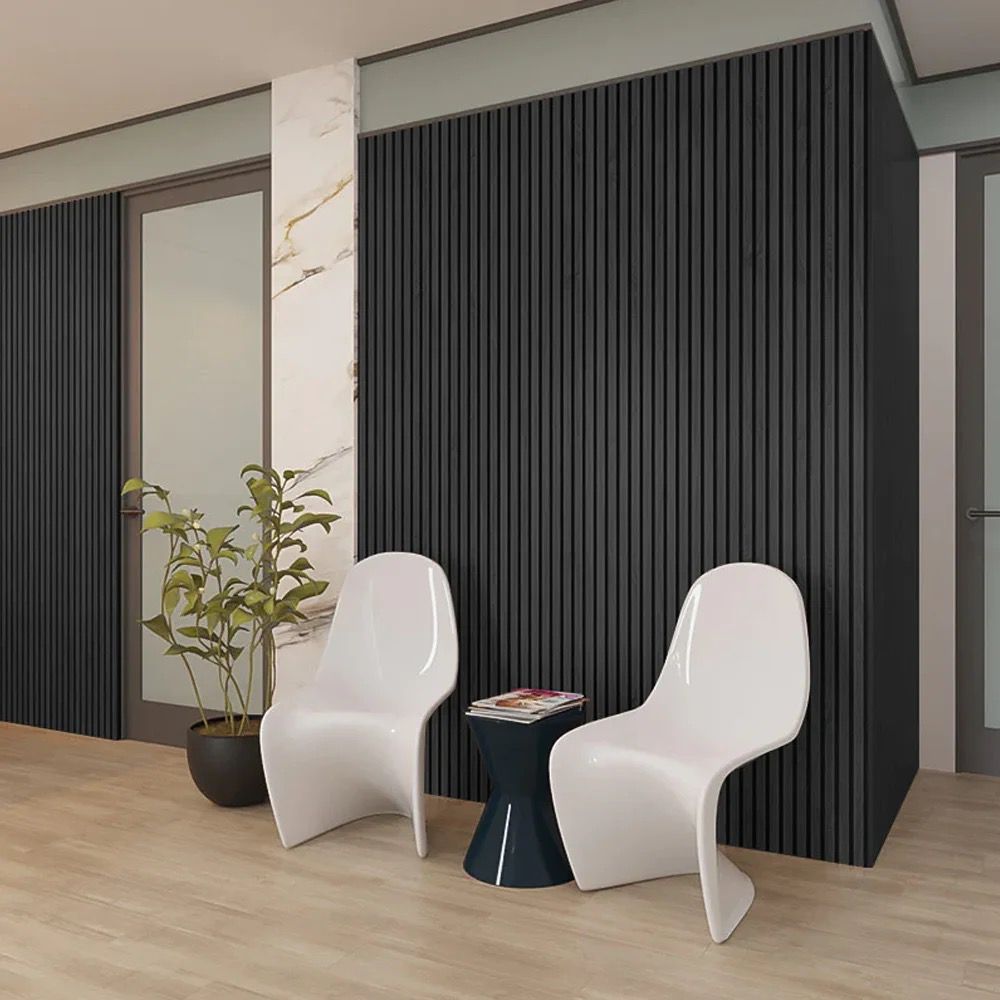Transform Your Space: Innovative Wall Paneling IdeasTransform Your Space: Innovative Wall Paneling Ideas

Transform Your Space: Innovative Wall Paneling Ideas
Wall paneling is a powerful way to elevate your interior design, offering depth, texture, and a refined aesthetic. Whether you’re drawn to modern minimalism, rustic warmth, or bold statement walls, there are countless wall paneling ideas to enhance your home. This guide explores creative ways to incorporate paneling, blending style with function.
Blending Tradition with Contemporary Style
Modern interiors benefit greatly from the texture and depth that
provides. Today’s homeowners embrace both classic and modern styles to create visually captivating spaces. Popular options include:
- Shaker Panels: A timeless design that adds structured elegance.
- Slatted Panels: A sleek, modern option that creates depth.
- Geometric Designs: Perfect for those seeking bold and artistic elements.
- Wainscoting: A sophisticated touch that complements traditional and transitional interiors.
Transformative Wall Paneling Applications
Enhancing Acoustic Comfort with Stylish Panels
Wall paneling ideas extend beyond aesthetics—they can improve your home’s functionality. This makes acoustic panels an excellent choice for use in bedrooms, cinema rooms, and home offices because they help reduce noise. It is possible to combine sound control and sophistication by selecting walnut slat acoustic panels, which bring about a beautiful touch.
Unexpected Places to Use Wall Paneling
Wall paneling isn’t limited to living rooms. Adding
is an excellent way to introduce warmth and character to any room. Try these creative placements:
Hallways
- Add vertical wood slats to make narrow hallways visually striking.
- Incorporate half-wall wainscoting for timeless charm.
Kitchens
- Use waterproof panels as a stylish, low-maintenance backsplash.
- Opt for wood-look panels to bring warmth and texture to modern kitchens.
Bathrooms
- Install moisture-resistant panels for a spa-inspired atmosphere.
- Choose natural tones like oak or walnut for a serene aesthetic.
Embracing the ‘Wood Drenching’ Design Trend
‘Wood drenching’—covering walls, ceilings, and even furniture in rich wood tones—creates a cohesive and immersive design. This trend:
- Adds warmth and sophistication to open spaces.
- Complements Scandinavian, and rustic interiors.
- Unifies different design elements for a seamless look.
To achieve this effect, use light oak panels for an airy feel or dark walnut for dramatic elegance.
Selecting the Right Wall Paneling for Your Home
Material Choices
Each paneling material offers unique benefits:
Wood Panels: Timeless and versatile, perfect for adding warmth and organic beauty.
MDF (Medium-Density Fiberboard) Panels: Budget-friendly and customizable, ideal for painted finishes.
PVC Panels: Moisture-resistant and easy to clean, great for kitchens and bathrooms.
Acoustic Panels: Functional and stylish, reducing noise while enhancing design.
Choosing the Perfect Finish
The right finish enhances the overall ambiance:
- Matte Finishes: Subtle and elegant, ideal for modern spaces.
- Glossy Panels: Reflect light, making rooms feel larger and more luxurious.
- Natural Wood Grain: Highlights organic textures for a cozy atmosphere.
DIY vs. Professional Installation
Thinking about installing wall panels? Compare the pros and cons:
DIY Installation:
- Cost-effective for simple designs.
- Allows full customization.
- Requires precision and the right tools.
Professional Installation:
- Delivers a flawless, polished finish.
- Best for intricate designs or large-scale applications.
- Saves time and reduces installation errors.
For beginners, start with peel-and-stick wood panels for a hassle-free transformation.
Frequently Asked Questions
1. Can wall paneling be installed over existing walls?
Yes! Most panels can be applied over drywall, plaster, and even tiles, making them a great renovation solution.
2. What is the best wall paneling for humid spaces?
PVC and waterproof MDF panels work best in moisture-prone areas like bathrooms and kitchens.
3. How do I maintain wood wall paneling?
Regular dusting and occasional polishing will keep wood panels in excellent condition. Avoid excessive moisture exposure.
4. Is wall paneling suitable for small rooms?
Absolutely! Vertical panels create an illusion of height, while lighter colors make a room feel more open and airy.
5. What are budget-friendly wall paneling ideas?
- MDF panels provide an affordable alternative to solid wood.
- Peel-and-stick panels are inexpensive and easy to install.
- Reclaimed wood panels offer a cost-effective rustic charm.
The principles behind wall paneling go beyond aesthetics; they transform places by adding texture, personality, and functionality to the space. Without any effort,
may make your walls look completely different, regardless of whether you choose traditional or modern styles. You may design a home that is a reflection of your style by experimenting with a variety of materials, finishes, and layouts.




